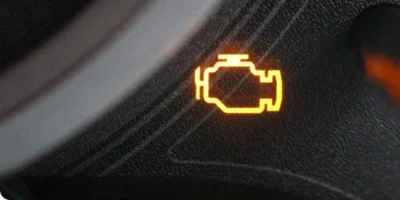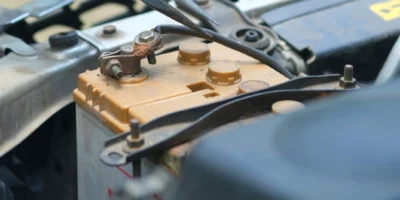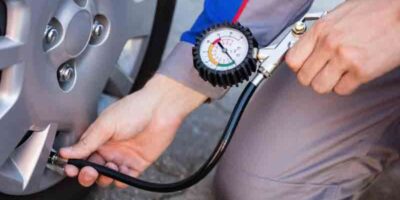If you think the only job of antifreeze (coolant) is to cool your car’s engine during the summer and prevent freezing in the winter, read on and discover why you should test car coolant with a multimeter.
Coolant also plays an important role in preventing corrosion caused by electrolysis. Electrolysis occurs when two different metals exchange electrons, causing the metals to corrode. Since a motor has aluminum, copper, cast iron, steel and magnesium alloys, the electrolysis will slowly eat their innards.
Coolant has additives that prevent the entire electron from being replaced. However, as coolant ages, the additives are depleted and can no longer do the job. In fact, worn coolant becomes a damn good electrical conductor, which accelerates internal electrolysis. The good news is that it’s pretty easy to check the conductivity of your coolant with one. When the conductivity is high, it is time for coolant purge and fill. Here is a quick way to check it.
How to test coolant
Start with a cold engine. Remove the radiator cap and start the engine. Set your digital multimeter to DC volts at 20 volts or less. When the engine has reached operating temperature, insert the positive probe directly into the coolant. The engine at 2000 rpm. Turn and place the negative probe on the negative battery pole. If the digital gauge reads 0.4 volts or less, your coolant is in good condition. If it is greater than 0.4 volts, the electrolysis additives are exhausted, and you may be in the market for a new radiator, water pump or heater core in the future. All these are much more expensive than a simple coolant change. (Hat tip to reader Tom Cleary for correcting us on the missing decimal point!)
ATTENTION!
When working on or near a running engine, wear safety goggles and tight-fitting or short sleeves to prevent them from being dragged into the moving parts.




